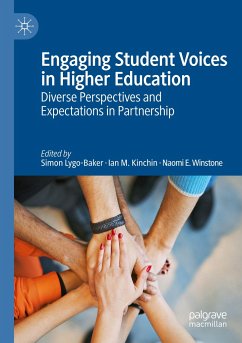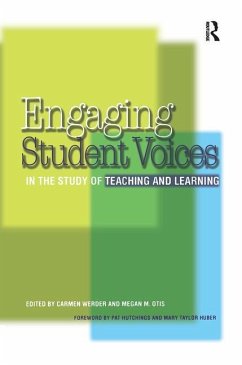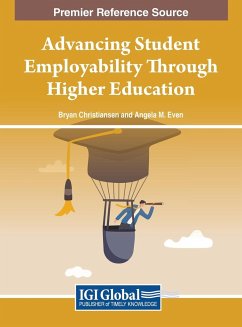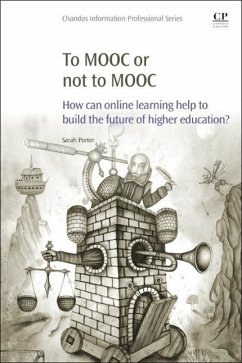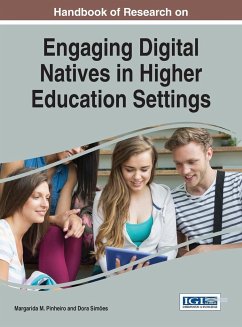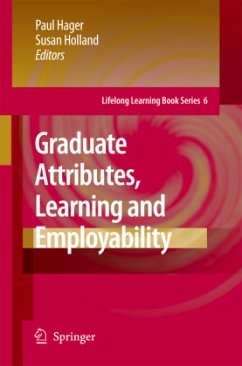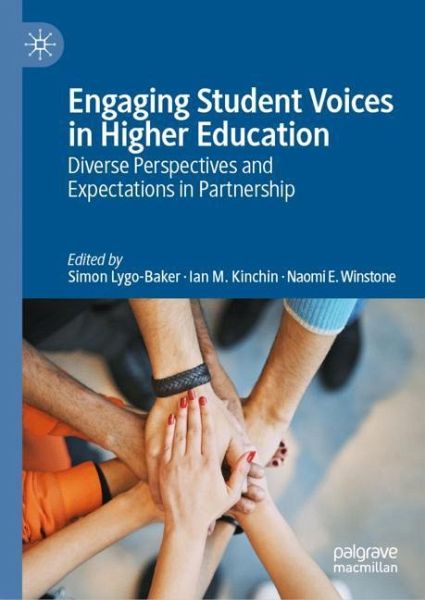
Engaging Student Voices in Higher Education
Diverse Perspectives and Expectations in Partnership
Herausgegeben: Lygo-Baker, Simon; Kinchin, Ian M.; Winstone, Naomi E.

PAYBACK Punkte
53 °P sammeln!
This book examines the importance of exploring the varied and diverse perspectives of student experiences. In both academic institutions and everyday discourse, the notion of the 'student voice' is an ever-present reminder of the importance placed upon the student experience in Higher Education: particularly in a context where the financial burden of undertaking a university education continues to grow. The editors and contributors explore how notions of the 'student voice' as a single, monolithic entity may in fact obscure divergence in the experiences of students. Placing so much emphasis on...
This book examines the importance of exploring the varied and diverse perspectives of student experiences. In both academic institutions and everyday discourse, the notion of the 'student voice' is an ever-present reminder of the importance placed upon the student experience in Higher Education: particularly in a context where the financial burden of undertaking a university education continues to grow. The editors and contributors explore how notions of the 'student voice' as a single, monolithic entity may in fact obscure divergence in the experiences of students. Placing so much emphasis on the 'student voice' may lead educators and policy makers to miss important messages communicated - or consciously uncommunicated - through student actions. This book also explores ways of working in partnership with students to develop their own experiences. It is sure to be of interest and value to scholars of the student experience and its inherent diversity.



